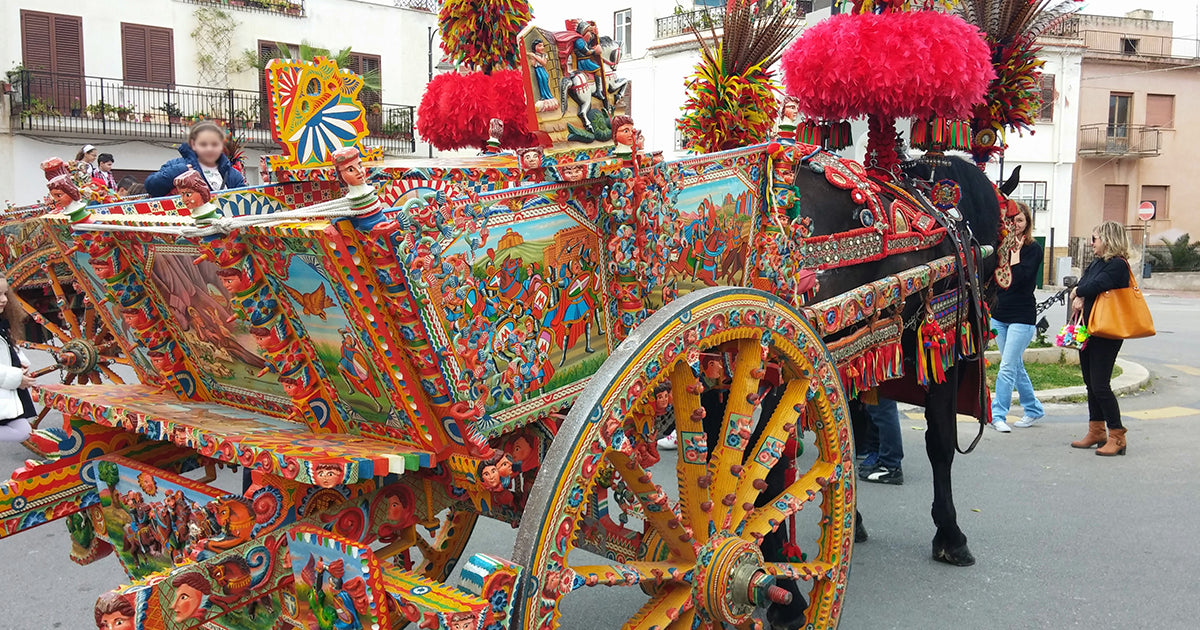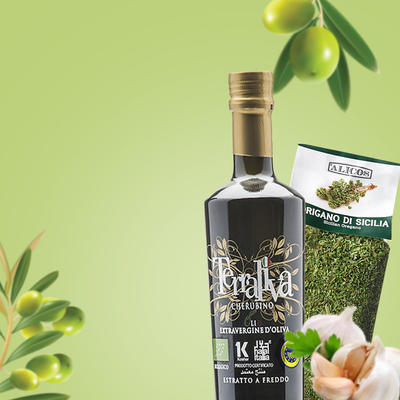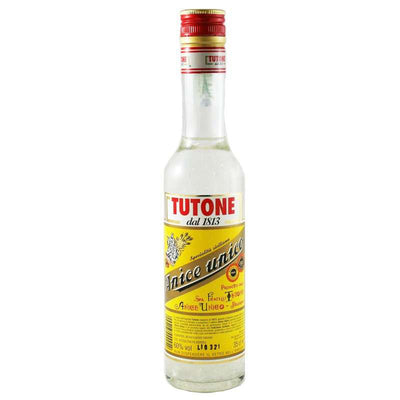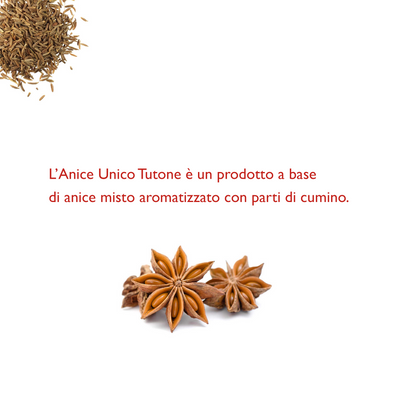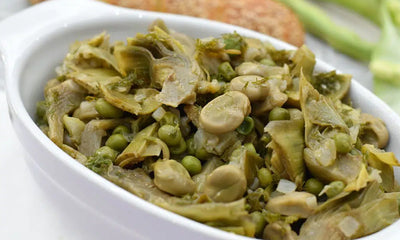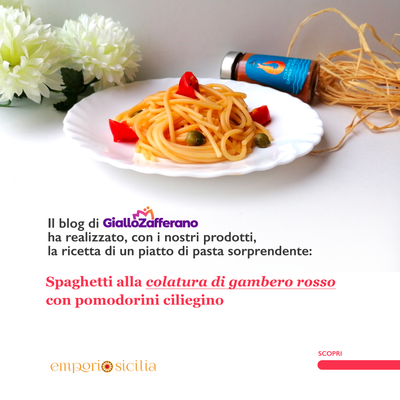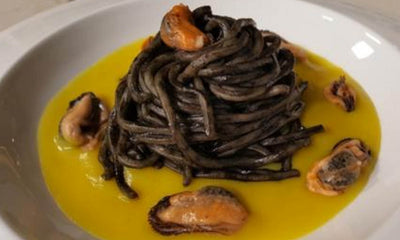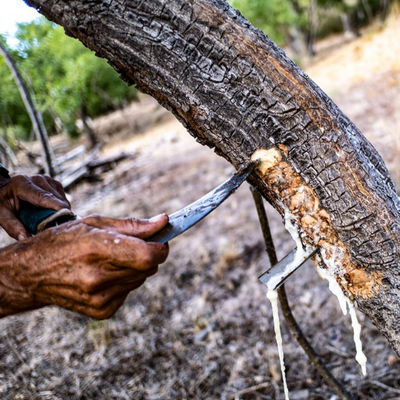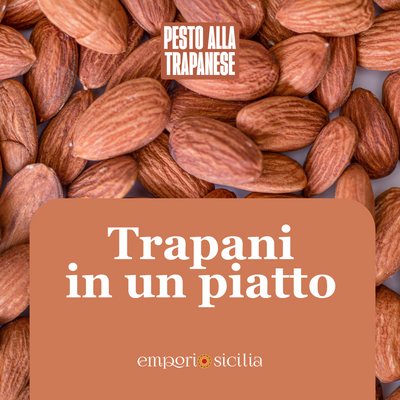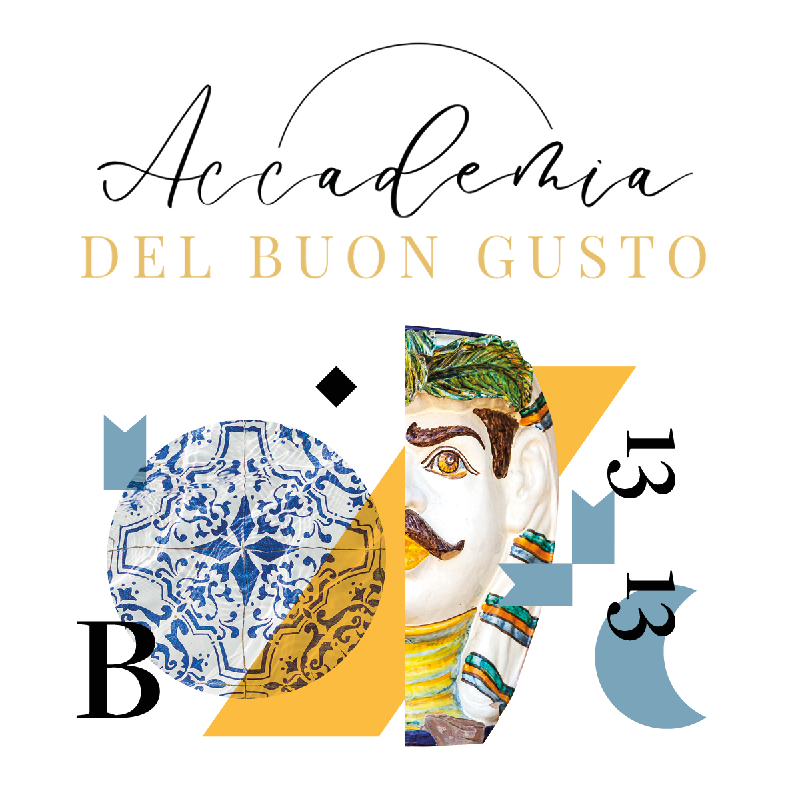The Sicilian cart is a means of transport and work in use throughout the Sicilian territory since the 19th century. The cart is also one of the symbols of Sicily and over time it has become a work of art as well as a vehicle of cultural and religious transmission. The tradition of Sicilian carts has ancient origins and has evolved over time, manifesting itself in different forms.
There are different styles and types of carts depending on the city of reference, the most important are the Palermo style, the Catania style, the Trapani style and the Vittoria style. The common tradition is linked to peasant life, it is a poor and popular tradition. At the beginning of the 19th century, the Sicilian cart began to spread throughout the island and soon became the favorite means of transport for Sicilians intent on working the land or transporting goods within the major cities.
The Sicilian cart, pulled by a single animal, is practical and functional, ideal for transporting wood, wine barrels, oil, agricultural and fish products but, if necessary, it becomes the preferred means of transporting the family.
The Sicilian cart evolves from a means of transport, transforming itself into a true work of art. There are specimens in the island's museums that amaze for the perfection and talent expressed there. Those who worked on its construction created authentic masterpieces by bringing to life in the sunny streets of the island the stories of the paladins of France or religious stories and traditions, a product of craftsmanship, a colorful traveling story book. The masters (masters) who create and keep alive the there are many carts.
The first phase of construction is the responsibility of the wheelwright , the person who builds the cart and carves its decorations. Another important task of the wheelwright is the shoeing of the wheel, a particularly picturesque practice.
The second phase is entrusted to the blacksmith, who forges the metal parts such as the centuni.
When the construction of the cart is completed, the work passes to the painter, who dresses the cart with color and liveliness


